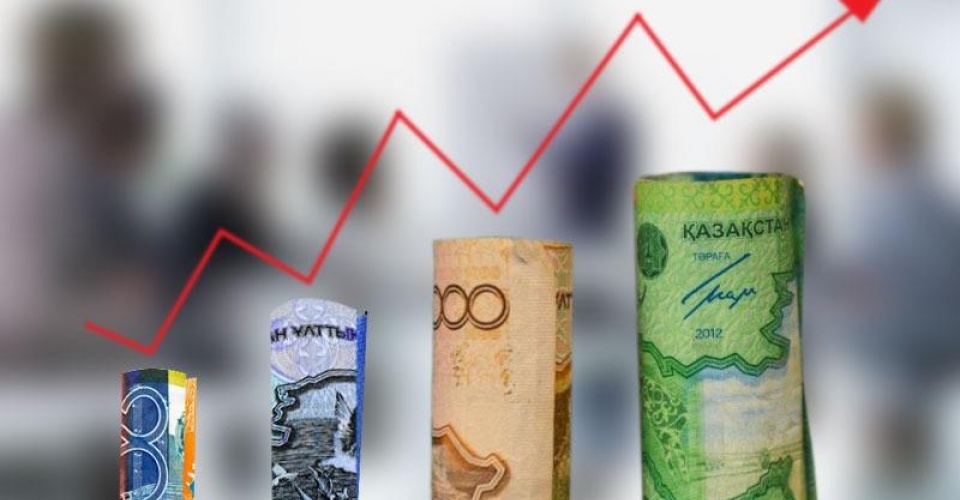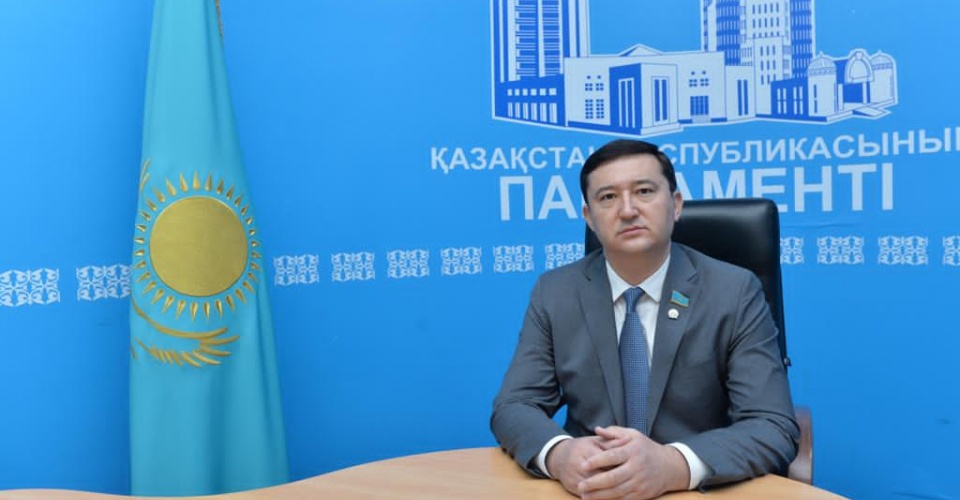Olzhas Toleuov (Adviser to the Governor of the National Bank): "When the tenge was introduced in November 1993, the exchange rate of 1 dollar was 4-5 tenge. But this figure remained for only 1 month. At the end of 1994, the dollar reached 50 tenge and increased by 10%. By 2000, the dollar had risen by 120-130 tenge and depreciated 30 times. The tenge's weakening was influenced by the initial economic development since independence and the economic crisis in Southeast Asia in 1997. In the 2000s, Kazakhstan's economy became dependent on raw materials due to rising oil prices. As a result, the Kazakh tenge has been directly affected by oil prices, and the market has stabilized at around 430 tenge per dollar. If we look at oil-related countries such as Norway, Russia and Canada, there is no significant difference in the exchange rate of the dollar against local currencies. "
How much is our tenge subject to inflation? ⠀ * Inflation - the devaluation of money caused by rising prices, shortages of goods and declining quality of goods and services, as well as a decrease in its purchasing power. 1995 60.39% ⠀ 1996 28.89% ⠀ 1997 11.32% ⠀ 1998 1.88% ⠀ 1999 18.09% ⠀ 2000 10% 2001 6.58% ⠀ 2002 6.69% ⠀ 2003 7% ⠀ 2004 7.01% ⠀ 2005 7.87% ⠀ 2006 8.40% ⠀ 2007 18.77% ⠀ 2008 9.48% ⠀ 2009 6.38% ⠀ 2010 7.97% ⠀ 2011 7.43% ⠀ 2012 6.06% ⠀ 2013 4.90% ⠀ 2014 7.54% ⠀ 2015 13.53% ⠀ 2016 8.29% ⠀ 2017 7.22% ⠀ 2018 5.43% ⠀ 2019 5.43% ⠀ 2020 7.5% ⠀ 2021, May 7.2% ⠀
⠀ WILL THE KZT BE STABLE? ⠀
Almas Chukin (economist): "After quarantine, many countries are pouring money in to save their economies. Kazakhstan has not been left without this method. However, despite the money, there is a shortage of goods, because quarantine-limited enterprises can not meet demand. According to the laws of economics, it leads to a spike in prices and inflation, which in turn affects the pockets of ordinary people. How much of the population's salary is spent on food? ⠀ According to Ranking.kz, ⠀ 1. 65.6% of the salary of a resident of Turkestan region, ⠀ 2. Mangistau region - 62.5%, ⠀ 3. 3. Atyrau region - 61.5% ⠀ Areas of least consumption: ⠀⠀ 1. Nur-Sultan - 44.3% ⠀ 2. NKR - 45.3% ⠀ 3. Kostanay region - 45.5% ⠀⠀ According to Wordatlas.com, the countries that spend the most on food from their salaries (2019) ⠀⠀⠀ 1. Nigeria - 58.9% ⠀⠀⠀ 2. Kenya - 52.2% ⠀⠀⠀ 3. Cameroon - 45.5% ⠀⠀⠀⠀⠀ 4. Kazakhstan - 42.8% (2020 - 53.2%) ⠀⠀ 5. Philippines - 41.9% ⠀⠀⠀⠀⠀ LESS-SPENDING COUNTRIES (2019) ⠀⠀⠀ 4. Luxembourg - 8.4% ⠀⠀⠀ 5. USA - 9.5% ⠀⠀⠀⠀⠀ 6. The Netherlands - 10.6% 7. Great Britain - 10.6% ⠀⠀⠀⠀⠀ 8. Ireland - 11.5% ⠀ Arman Beisembayev (economist): Inflation is a global trend. Inflation is expected to fall to 5% this year in the United States, 2.3% in the European Union and 6.5% in Russia. This will have a direct impact on import-dependent Kazakhstan. In addition to external factors, internal factors also increase prices. Undoubtedly, due to the drought, low yields of grain crops, lack of grass will lead to a 2-3-fold increase in prices for meat, flour, etc. in the fall.
Kanat Baiuzakov, National portal "Adyrna"



















